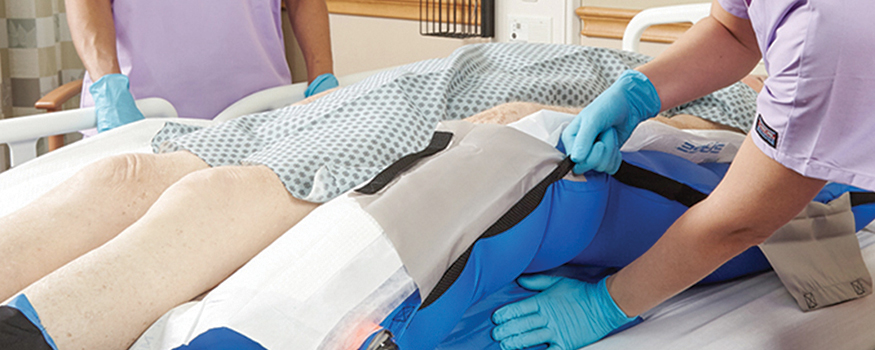Hazards associated with manual patient handling continue to compromise the health and safety of nurses. Among nurses who responded to the American Nurses Association’s (ANA’s) Health Risk Appraisal:
• 42% believe they are at risk at work from lifting or repositioning patients
• 13% have had a debilitating musculoskeletal injury
• 75% have access to safe patient handling and mobility (SPHM) technology, but only half use it consistently.
We must take a closer look at this problem and ask critical questions: Why do only half of the nurses who could use SPHM technology actually use it? Is the equipment relatively inaccessible? Is it heavy or difficult to use? Is enough SPHM technology available to meet patients’ needs? Have nursing staff received the education they need to use it properly? But even if every nurse had access to SPHM technology, equipment alone isn’t the answer. Comprehensive SPHM programs are necessary to eliminate manual patient handling. ANA’s Safe Patient Handling and Mobility: Interprofessional National Standards and the corresponding implementation guide provide a framework for developing effective and sustainable SPHM programs. Important program elements include:
• maintaining a commitment to a culture of safety
• choosing appropriate SPHM technology
• ensuring SPHM technology is accessible
• conducting ongoing training to maintain competency
• conducting ongoing program evaluation and remediation.
This special report gives you the information you need to help you or your employer develop and implement an SPHM program or enhance an established one. The report details risk factors for patient handling injuries, describes a multifactorial approach to preventing these injuries, discusses the importance of a culture of safety and commitment to SPHM, and provides strategies that help prevent injuries. A graphic on the last page summarizes key points of the report. Additional information is available in the article “Five strategies to help prevent nurses’ patient-handling injuries.”
Debilitating musculoskeletal injuries have ended too many nurses’ careers. We can no longer allow the health and safety of the nursing workforce to be compromised. We’re all on this journey to a safer workplace together. We all need to do our part.
Ruth Francis is a senior policy advisor and Jaime M. Dawson is a program director in the Nursing Practice and Work Environment Department at ANA.
Selected References
Executive Summary: American Nurses Association Health Risk Appraisal (HRA). Preliminary Findings October 2013-October 2014. nursingworld.org/HRA-Executive-Summary.
American Nurses Association. Safe Patient Handling and Mobility: Interprofessional National Standards. Silver Spring, MD: American Nurses Association; 2013.


















